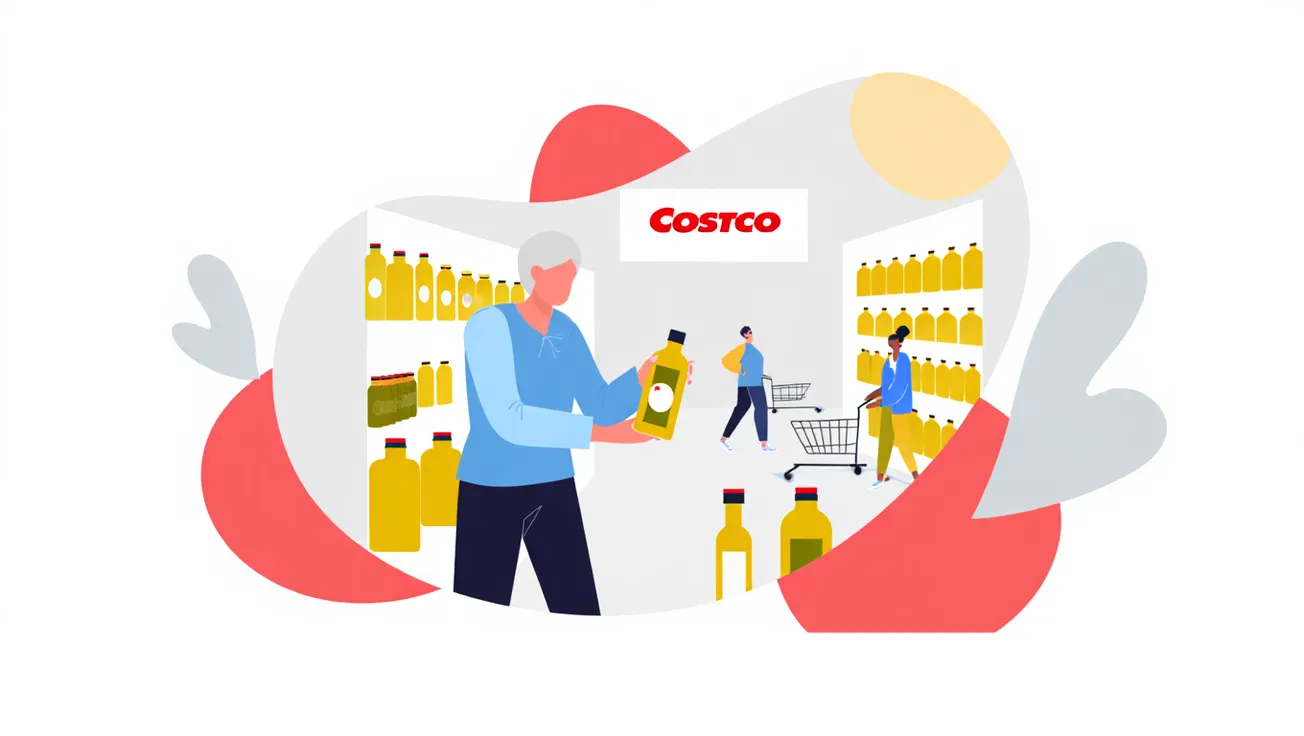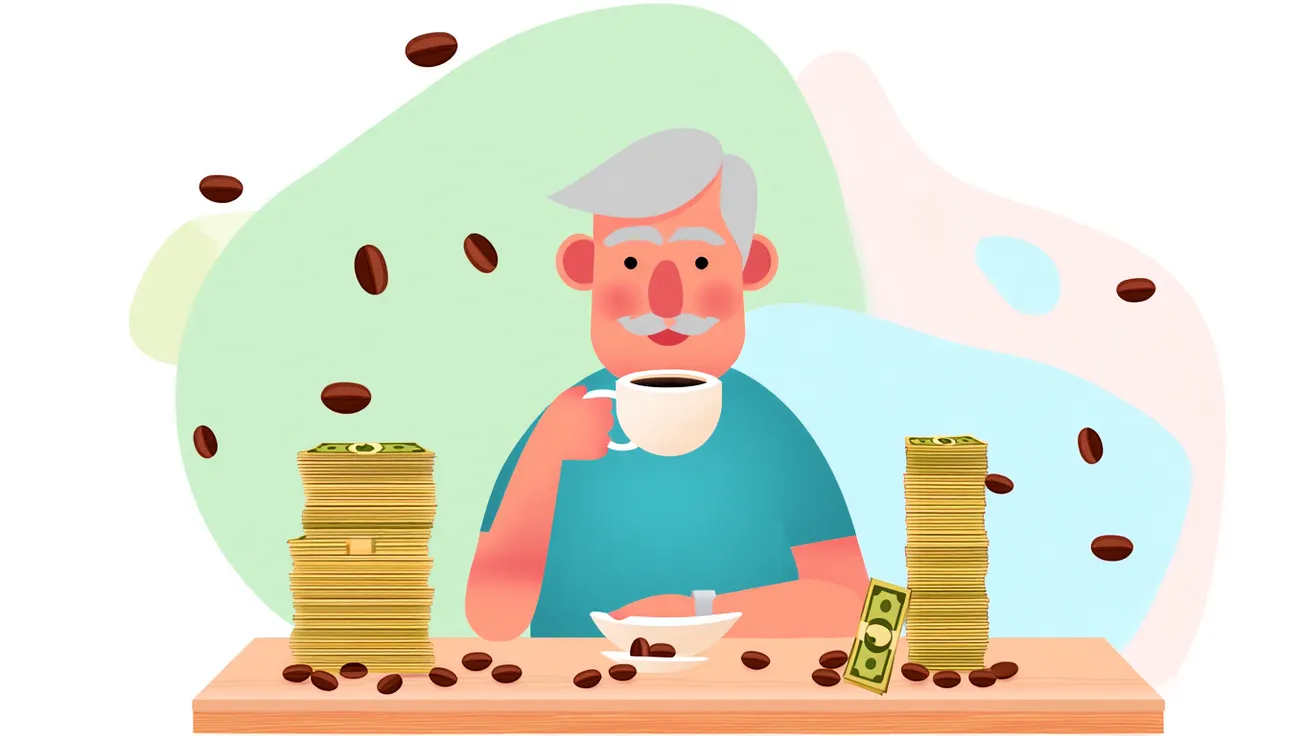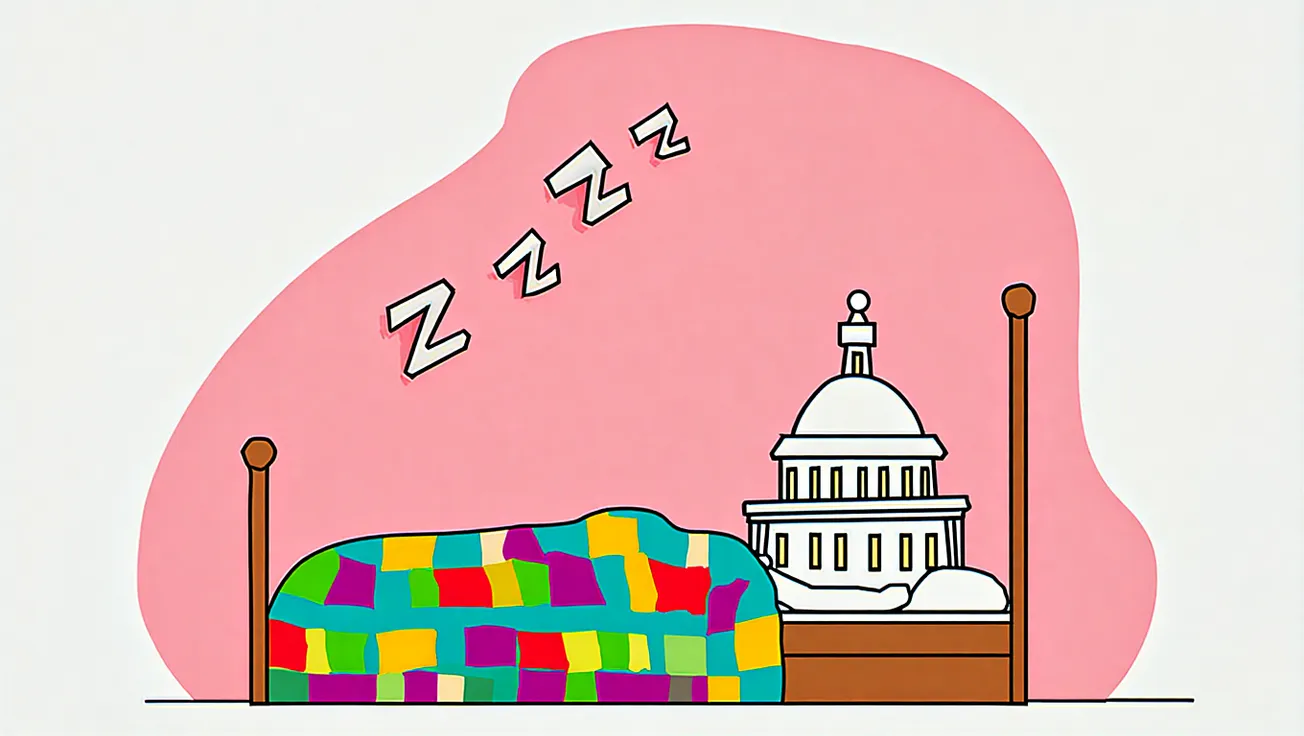The Takeaway
- Coca-Cola is testing a cane sugar version of its classic soda.
- Cane sugar is often seen as a “healthier” alternative to high-fructose corn syrup (HFCS).
- Both cane sugar and HFCS raise blood sugar and impact weight gain.
- A few brands have switched to cane sugar, but not always for health reasons.
- Moderation—not the sweetener itself—is what matters most.
A Sweet Throwback with a Modern Spin
If you’ve ever taken a sip of “Mexican Coke” and thought, Wow, this tastes better, you’re not alone. That nostalgic taste—thanks to its use of cane sugar instead of high-fructose corn syrup—has long had a devoted following. Now Coca-Cola is rolling out a test run of a cane sugar-sweetened version of Classic Coke in some U.S. markets.
According to Southern Living, Coca-Cola confirmed the new version is part of its “innovation pipeline,” though it's not yet a permanent product.
But for seniors trying to eat (and drink) smarter, the big question is: Is cane sugar actually better for you?
Cane Sugar vs. High-Fructose Corn Syrup (HFCS): What’s the Difference?
Both sweeteners end up doing the same thing in your body. Cane sugar (sucrose) is 50% glucose and 50% fructose. HFCS, depending on the formula, is usually around 55% fructose and 45% glucose. Once metabolized, they’re nearly identical.
Sweetener | Calories (per tsp) | Fructose Content | Raises Blood Sugar | Considered Natural? |
Cane Sugar (Sucrose) | 16 | 50% | Yes | Often |
HFCS | 17 | ~55% | Yes | No (highly processed) |
So why all the fuss? The difference lies more in perception than in science.
Why Some See Cane Sugar as the “Better” Sweetener
Here’s why cane sugar might feel like a better option:
- Fewer processing steps compared to HFCS, which involves converting corn starch to glucose, then to fructose.
- No GMOs, since most cane sugar is not genetically modified (unlike corn-based HFCS).
- Taste and nostalgia — many people simply prefer the flavor and mouthfeel of cane sugar.
But don’t be fooled: from a health standpoint, your body doesn’t care where the sugar came from. It still spikes your blood sugar, taxes your pancreas, and can contribute to inflammation, weight gain, and even cognitive decline if consumed in excess.
Brands That Use Cane Sugar Instead of HFCS
Here’s a short list of products and brands known for using cane sugar (or switching from HFCS):
Uses Cane Sugar:
- Mexican Coca-Cola (in glass bottles)
- Jarritos and Topo Sabores sodas
- Heinz Organic Ketchup
- Annie’s Naturals condiments
- Back to Nature cookies and snacks
- Trader Joe’s house-brand cereals and treats (check labels—many avoid HFCS)
Brands That Switched — Then Switched Back:
- Pepsi Throwback / Pepsi-Cola Made with Real Sugar (discontinued in 2020)
- Gatorade and Snapple once experimented with cane sugar blends, but returned to HFCS for cost reasons.
When in doubt, read the label. If it says “cane sugar,” “evaporated cane juice,” or just “sugar,” it’s probably the real deal. If it says “corn syrup” or “HFCS,” you’re in corn country.
Smart Senior Sugar Tips
- Limit added sugar to 6 tsp/day for women and 9 tsp/day for men (per American Heart Association).
- Don’t let labels like “natural” or “real sugar” fool you into thinking a food is healthy.
- If you have diabetes, prediabetes, or arthritis, sugar—of any kind—can be problematic.
- If you must indulge, go for products made with cane sugar in small amounts—and enjoy them mindfully.
Cane Sugar + Hidden Sugar Shopping Guide
SODAS
- Mexican Coca-Cola (glass bottles)
- Jarritos Sodas
- Boylan Bottling Co.
CONDIMENTS & SAUCES
- Heinz Organic Ketchup
- Annie's Naturals BBQ Sauce and Ketchup
- Sir Kensington's (select varieties)
CEREALS & SNACKS
- Barbara’s Puffins
- Back to Nature Cookies
- Nature’s Path Cereals & Granola Bars
TREATS
- Tillamook Ice Cream (most flavors)
🧾 Food Label Cheat Sheet: Hidden Sugars
When reading an ingredient list, look out for these common aliases for added sugar. If any appear in the first 3 ingredients, the product likely contains a high amount of sugar.
- Evaporated Cane Juice
- Brown Rice Syrup
- Fructose
- Glucose
- Dextrose
- Maltose
- Fruit Juice Concentrate
- Corn Syrup Solids
- High-Fructose Corn Syrup (HFCS)
- Cane Crystals
- Raw Sugar
🛑 Tip: “No sugar added” does not mean “sugar-free”—it just means no additional sweetener was included beyond what’s naturally present.
✅ Quick Sugar-Savvy Tips for Seniors
- Check if “Added Sugars” are listed on the Nutrition Facts label.
- Sugar aliases often end in “-ose” or include the word “syrup.”
- Choose products labeled “No HFCS” or “Made with Cane Sugar” when possible.
- Keep added sugar under 6 teaspoons/day for women and 9 teaspoons/day for men (per the American Heart Association).
- If you’re managing blood sugar, inflammation, or weight: use monk fruit, stevia, or allulose as safer alternatives in moderation.
⚠️ Disclaimer: This list is for general information only and does not constitute dietary or medical advice. Product formulas can change, and regional variations may include different sweeteners. Always read the label. If you have diabetes, heart disease, or other chronic conditions, consult your doctor or dietitian before making dietary changes.
Bottom Line for Seniors
Cane sugar may feel like a better, more natural choice—and in some ways, it is. It avoids the lab-heavy processing of HFCS, and many people say it tastes better, too.
But nutritionally, it’s still sugar. And for seniors trying to manage chronic conditions like diabetes, heart disease, or inflammation, less is still more.
Disclaimer: This article is for informational purposes only and is not intended to provide medical advice. Always consult your doctor or registered dietitian before making changes to your diet, especially if you’re managing a chronic health condition.








